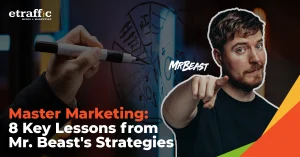![]() Posted by Cameron Francis
on
04 Jul , 2022
in
Weekly Marketing News
Posted by Cameron Francis
on
04 Jul , 2022
in
Weekly Marketing News
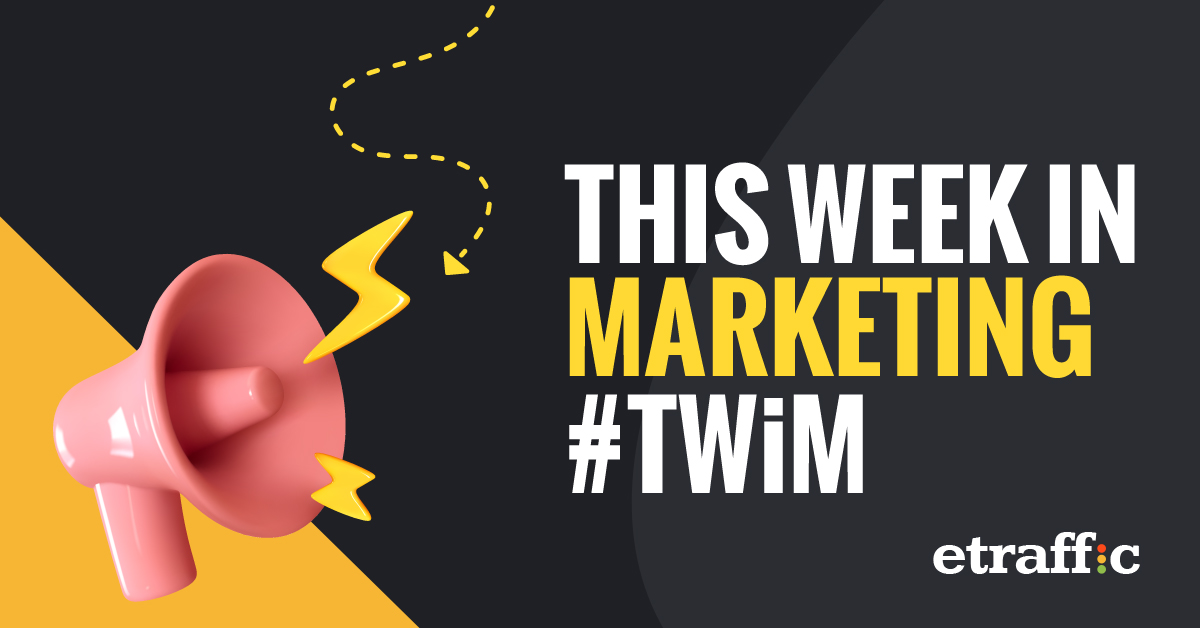
This Week in Marketing #TWiM 4th July 2022
- TikTok to Launch ‘Attribution Manager’ to Increase Ad Performance Tracking Capacity
- Google Updated Guidelines For Rich Results and Product Variants Pages
- Local Search Ads Review Requirements New Change
- Googlebot will crawl and index the first 15MB of content per page
- Meta’s New Feedback Policy Changes To Guide Interactions Between Businesses And Consumers
- Meta Pushes NFTs and Other Digital Payment Options With This New Announcement
- Meta Outlines New Opportunities for Facebook Reels Creators To Start Earning via Facebook Stars Donations
- What To Expect From Instagram’s AR Elements
- Instagram Introduces New Age Verification Measures To Protect Young Users
- Twitter Launches New Campaign Planner For Managed Advertisers
- Twitter Announces Shopify Integration For US Shopify Merchants
- Twitter Has Another Go At Increasing Audio Adoption
- YouTube Has Published New insights Into Important Video Consumption Trends
- Microsoft Ads Introduces Cash Back Promotions For Eligible Product Ad Campaigns
TikTok to Launch ‘Attribution Manager’ to Increase Ad Performance Tracking Capacity
TikTok, the popular social media app, has released a new Attribution Manager tool to enable advertisers to customise attribution windows within Tik Tok campaigns.
This means marketers can now measure success based on specific time periods rather than just using blanket measurements previously where they would count anything that was published or liked during this period as a result.
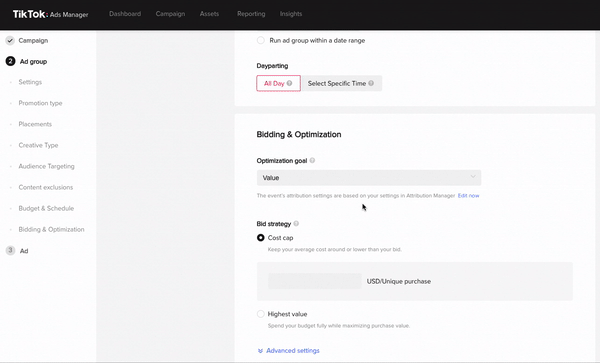
The CTA Model window can range from 1 to 28 days, while VTA options range between off, up to seven-day periods. The ability to measure the results of your TikTok promotions with data linked over a chosen window time after ad exposure will help you set parameters that make sense for each push.
TikTok seems to have avoided the worst impacts of ATT so far, but there are still some limitations on how they track their performance. These new attribution tools will help you to measure the success of your TikTok ads in a more detailed and informative way.
You’ll be able optimise campaigns based on data, which should improve both understanding as well as outcome for advertisers who use this platform!
Google Updated Guidelines For Rich Results and Product Variants Pages
Google made some updates to their rich results support page to include information on how product rich results can be implemented for different product variants, where each product has a unique web address.
In the update, Google recommends e-commerce websites list different product variants on separate web pages.
If you choose to continue having multiple product variants on a single web page, Google may choose to impose the following limitations:
1). Experiences like Google Shopping will not be able to take shoppers to specific product pages on your website. This can lead to a poor shopping experience if the shopper has already decided which variant they want in Google Shopping.
2). The product page may not qualify for product rich results on SERPs because rich results only support web pages hosting a single product. If you opt to use a unique URL for each product variant, Google suggests using either:
- A query parameter, like /t-shirt?color=green
- A path segment, like /t-shirt/green
Google has made these updates to product rich results to help consumers get faster checkout times and an overall improved online shopping experience.
Local Search Ads Review Requirements New Change
Google Ads has recently revealed that some accounts will require at least 5 customer reviews to be allowed to run a new ad using the Local Service Ad (LSA), a change from the previous 1 review requirement. Currently, this change will only affect a few industries including:
- Personal injury lawyers
- Real estate brokers and agents
- Roofing
- House cleaners
- HVAC
- Tree Service
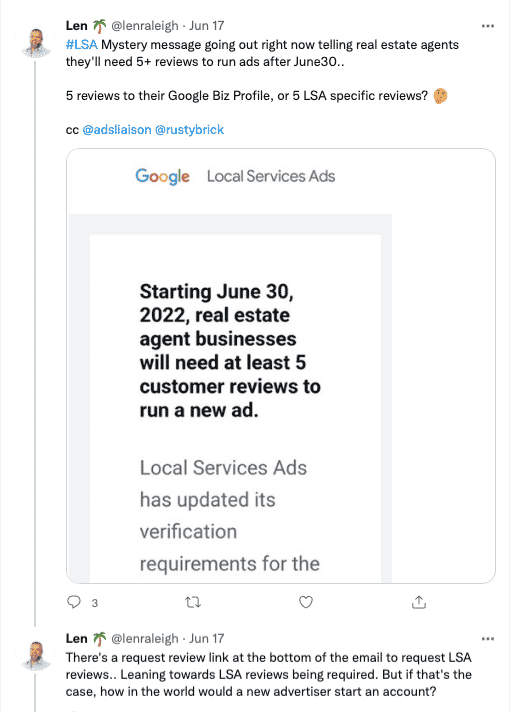
Some of the niches that will stay unchanged with one review or less include:
- Family lawyers
- Child care
- General contractors
- Financial planners
This new change could make it hard for new businesses to run their ads on Local Service Ad. In addition, fake reviews are still rampant and we are keen to see how Google will address it down the line.
It is also interesting to see categories like general contractors and financial planners excluded from the new policy, given they are fields where one would want to do extensive research and gain more insight from past clients.
Googlebot will crawl and index the first 15MB of content per page
Google has come out and specified that the first 15 MB of a page is crawled and indexed by bots. Therefore, if you want to make sure that your pages rank, you need to put the appropriate content within the first 15 MB of the page.
Generally, you would want to keep your web pages lightweight for end-users as well as search engine crawlers.
Faster pages are not just great for search engine crawlers but also for user experience. With this update to the Googlebot help document, Google has made it clear how much webpage content is crawled and indexed.
If you want to test it on your website, you would want to use the URL Inspection Tool found in the Google Search Console.
This tool will allow you to see the parts of your web page rendered by Googlebots and seen in the debugging tool. If you want to know more, check out the Google Search Central Blog.
Meta’s New Feedback Policy Changes To Guide Interactions Between Businesses And Consumers
With over 200 million businesses using Meta’s social media platforms and other technologies to reach out to billions of prospective customers, the feedback (ratings and reviews) left on these platforms – whether real or fake, have the ability to influence consumer decisions which can make or break a business.
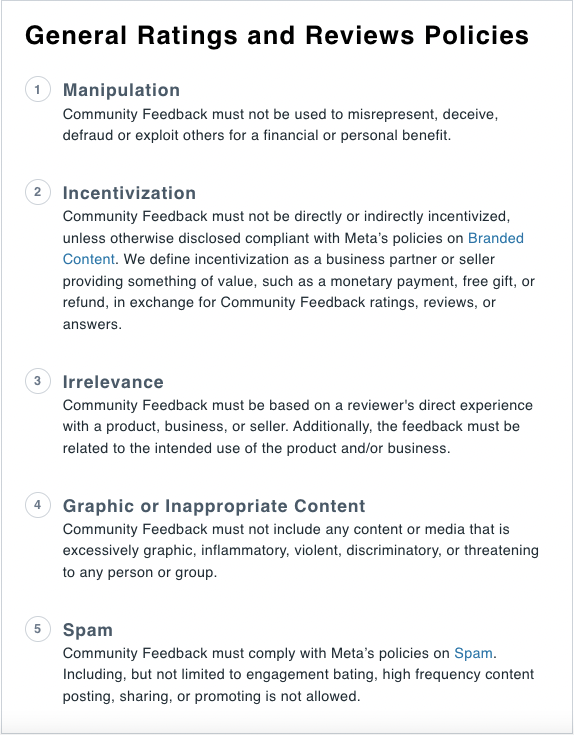
To ensure that both businesses and consumers do not misuse what is an otherwise great tool for evaluating the market and getting helpful purchasing insights, Meta has instituted a new policy framework in the U.S. to guide how feedback is provided on their platforms by both businesses and individuals.
Key policy changes on providing community feedback on Meta’s platforms are as follows:
- Feedback provided should not be false or designed to exploit others
- Feedback should not be provided in exchange for incentives such as freebies
- Feedback provided should stem from individual personal experience/interaction with the brand in question
- Feedback should not contain inflammatory, abusive, derogatory or inappropriate content
- Feedback provided should not be geared towards spamming other platform users
Meta Pushes NFTs and Other Digital Payment Options With This New Announcement
Meta is making a bigger push on NFTs. Despite the ongoing crypto winter that is intrinsically linked to the declining NFT trend, the company sees NFTs as an important part of the metaverse.
Meta has recently announced the launch of upcoming digital payment options and new NFT features.
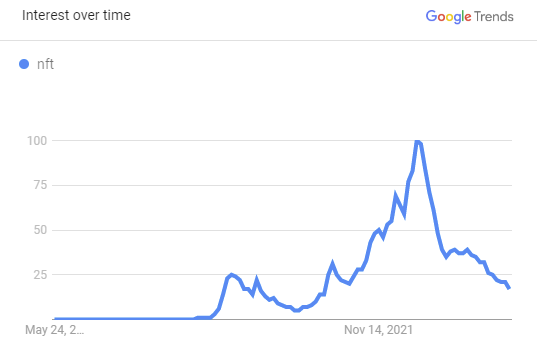
The long-term vision of Meta (as outlined by Zuckerberg) is to allow users to prove their ownership of digital items beyond a specific space or a singular app.
Meta has also joined the new Metaverse Standards Forum that will help establish interoperability standards to bring this vision to reality.
The company has also stated that it will be expanding its NFT display options to more creators in some countries after an initial test on Instagram.
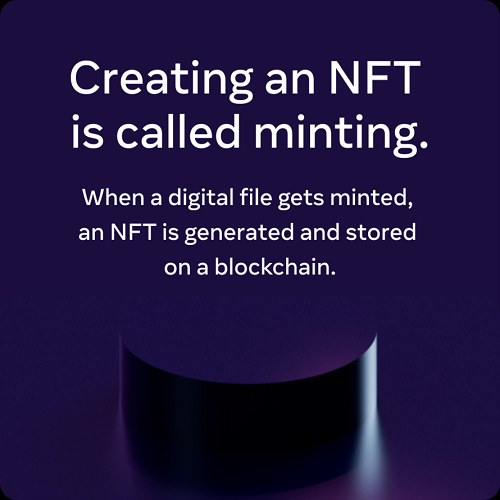
Users can already watch NFTs in AR on Instagram and they have announced the integration of NFTs into Insta Stories next.
Since NFTs are obviously going to be an important part of the Metaverse, they want more people to understand the basics of NFTs and how these can be used for buying digital assets and proving ownership.
Meta Outlines New Opportunities for Facebook Reels Creators To Start Earning via Facebook Stars Donations
Meta announced that it will be expanding its Facebook Stars donation platform to include more users “so that more creators can start earning from their VOD videos, lives, and Reels.”
Meta noted that Reel creators will now be able to receive Stars donations, which were only available to gaming streamers.
In this update, Reel creators who meet Meta’s Content and Partner Monetisation Policies will now be eligible to receive donations from their viewers.
Creators will be required to be operating in an approved county/jurisdiction/market and have at least 1,000 followers. Meta also revealed plans to expand Facebook Stars donations to more content creators in the coming months.
In a bid to raise awareness of this new income-generating opportunity for creators, Meta will be hosting a month-long event that begins on June 15th and ends on July 15th.
There will be limited-edition badges and virtual gifts for participants, as well as exciting opportunities for Reels creators to multiply the Stars earnings.
Meta also revealed plans to introduce a ‘Paid Partnership with’ label for sponsored content on Reels and allow advertisers to use these clips as Sponsored Content Ads.
What To Expect From Instagram’s AR Elements
Instagram is testing new AR stickers and text in Stories that let you add 3D items in real-world environments.
This is just the start of basic AR display and sharing, and is a vital step toward allowing completely AR and 3D-native immersive NFTs in the future, such as virtual objects, accessories, sculptures, apparel, and more.
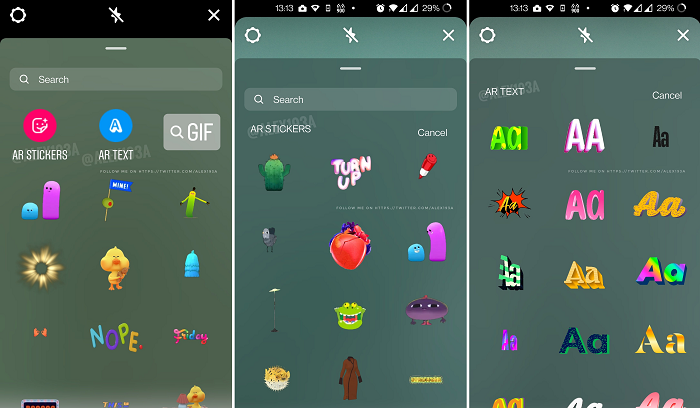
These early AR aspects on IG will drive consumers to the next level of involvement with digital products, which will usher in its larger experience in the metaverse, where one can expect to see virtual objects play a larger part in the overall experience.
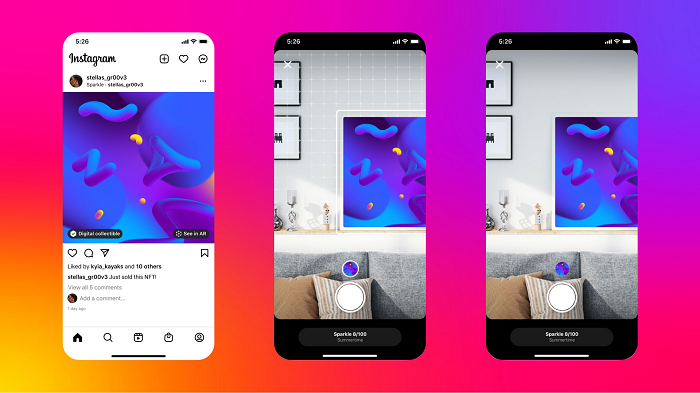
Instagram hasn’t revealed details on a complete deployment of its AR features, with the ‘See in AR’ option being available to a ‘small number of Instagram artists and collectors’.
This is a further demonstration of Meta continual efforts in seeking innovative methods to combine its present audiences with the metaverse.
Instagram Introduces New Age Verification Measures To Protect Young Users
Age verification has always been a concern for social media platforms due to the risk of exposing teens to inappropriate content.
With Instagram being one of the most popular social apps, it has now announced it has taken new measures to verify the user’s age.
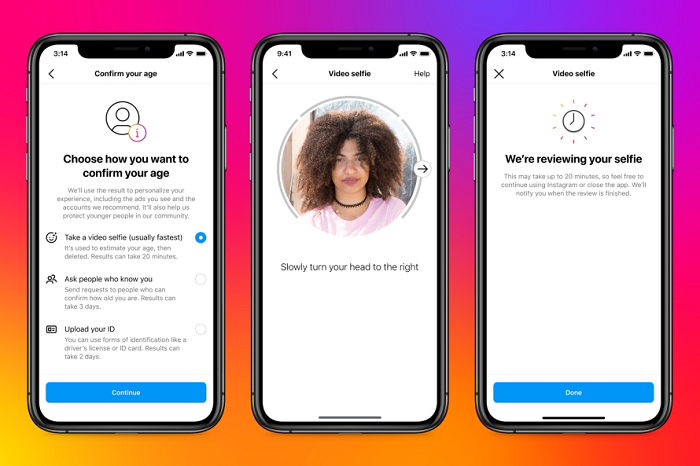
If a user attempts to change their age from below 18 to 18+, they will have three options to verify their age.
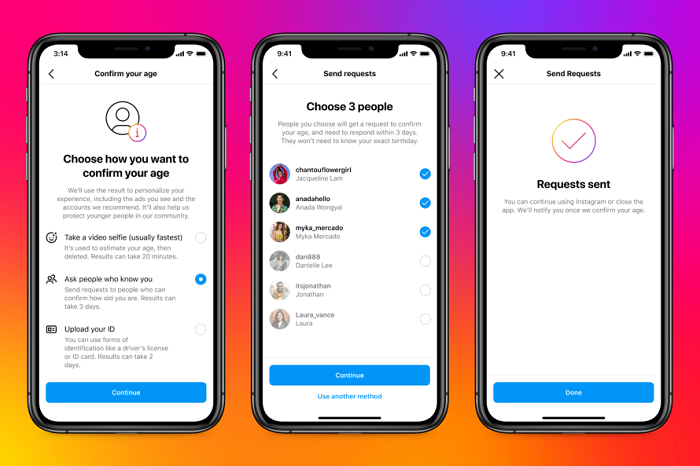
Currently, they are starting with users based in the US. These three options include:
- Recording a video selfie
- Uploading their ID
- Asking mutual friends for age verification
The video selfie process is one of the main enhancements in identifying underage users. This process will be carried out in partnership with Yoti which uses AI to estimate a person’s age.
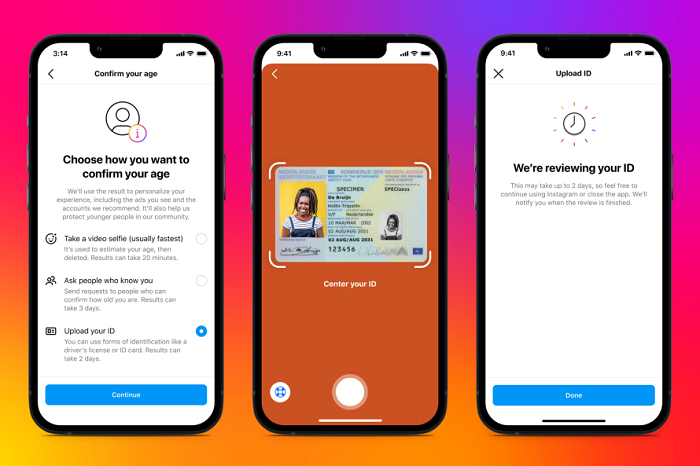
This is a leading age-verified verification provider across the globe for many industries. The video selfie won’t be kept on file to protect user privacy.
Social vouching works by asking mutual followers to confirm the age of the user. A person needs to be 18+ to vouch and they must not have vouched for anyone else. You will need at least three people to confirm the age.
The ID uploaded on the platform will be kept on file for 30 days.
Twitter Launches New Campaign Planner For Managed Advertisers
Twitter has officially launched its new Campaign Planner. This new planner was being tested for more than six months and is designed to help advertisers with their ad strategy on the platform.
Currently, it’s only available to managed partners though the company is looking at providing access to others over time.
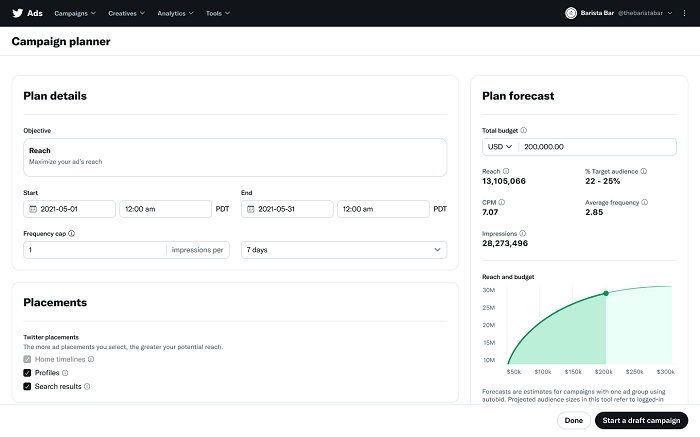
The biggest advantage of Campaign Planner is that it allows advertisers to get a forecast of the results they can expect from their ads campaign before it is even launched.
There are several estimation tools available in the planner that can forecast results based on the entered variables.
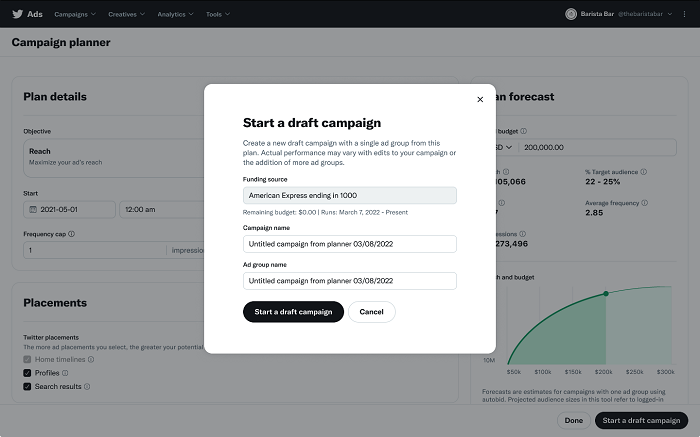
With the new Campaign Planner, advertisers should be able to get an estimate of CPM, impressions, reach and average frequency based on certain parameters while also getting insights on budget requirements and the results they can expect.
If the forecast looks right, advertisers have the ability to launch their campaign right from the app.
Twitter Announces Shopify Integration For US Shopify Merchants
Twitter is enhancing its in-app commerce capability with its new Shopify partnership. Shopify merchants now have the ability to list products on their Twitter Professional Profiles.
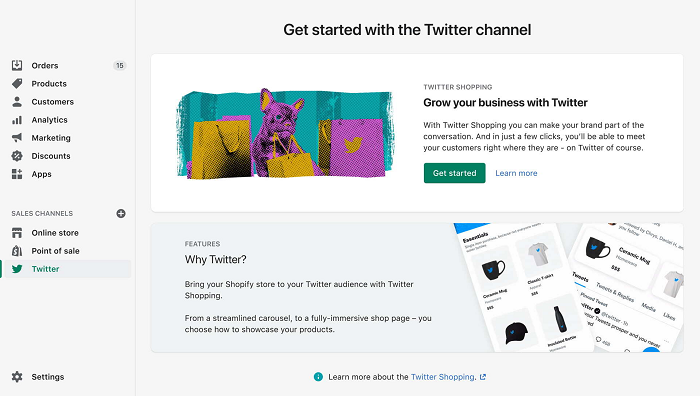
Users tapping on the items will be taken directly to a Shopify product page where they can complete the purchase.
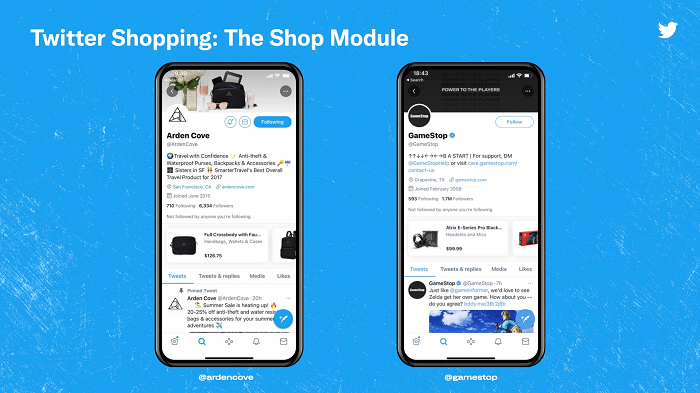
Shopify merchants can now connect their Shopify stores to their Twitter account and onboard Twitter Shopping Manager where they get access to the whole suite of Twitter shopping tools. These tools include the ability to display a carousel of products on the profile, dedicated product pages, and Shopify-connected listings that get updated in real-time.
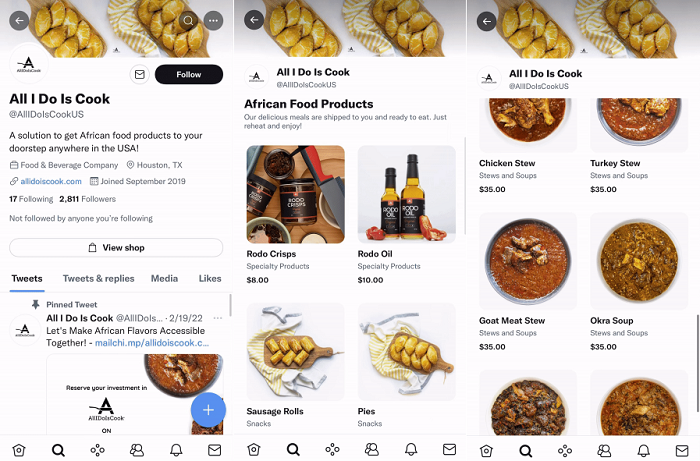
Twitter also announced making the Twitter Shops and Shop Spotlight features available to all the merchants in the US. The Shop Spotlight feature was announced last July.
This allows users to scroll through products displayed in the business profile and make purchases through an in-app browser.
Twitter Has Another Go At Increasing Audio Adoption
Twitter isn’t ready to give up on its audio ambitions. It has now introduced two new ways to start a Space.
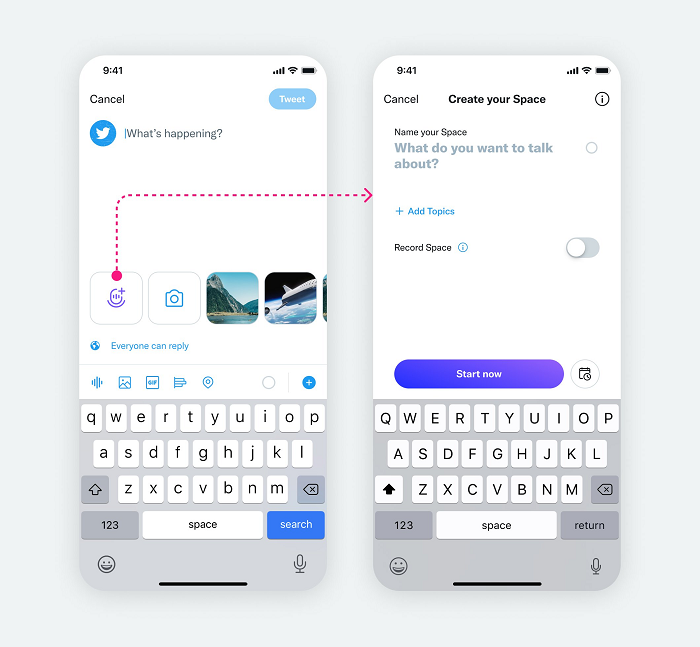
Users will now find a Spaces button within the retweet flow and tweet composer that can be used for launching topical discussions.
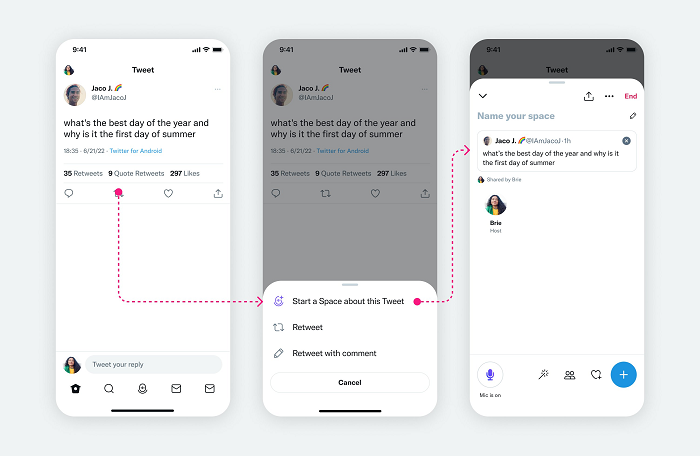
The new Spaces button within the tweet composer and the retweet menu will allow you to launch a Spaces broadcast.
They are also testing new ways for speakers and hosts to share tweets in a Space through the retweet menu in order to allow users to add context to the audio tracks.
The goal here is to streamline users’ entry to audio chats.
The slow uptake of audio across social media makes it seem that the social audio boom isn’t going to live up to the hype.
There are still passionate fans of social audio and some great broadcasters out there but the general crowd seems to have left for the next shiny thing.
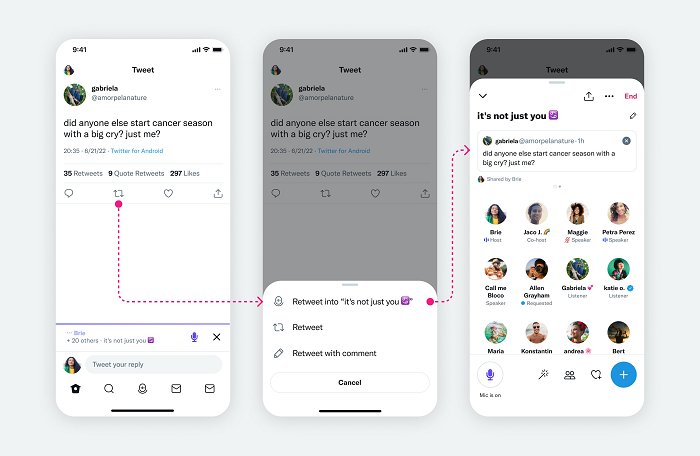
There are hardly any popular Spaces broadcast with high engagement and many listeners. Also, Twitter really struggles at highlighting relevant broadcasts and Spaces doesn’t seem to be a major focus in the app, going forward.
These new updates seem to be one of the last attempts by Twitter to make Spaces happen.
YouTube Has Published New insights Into Important Video Consumption Trends
YouTube has recently published a 55-page culture & trends report that consists of insights from more than 10 countries.
This report offers some perspective on what drives the latest Gen-Z video trends and how they relate to shaping today’s digital strategy.
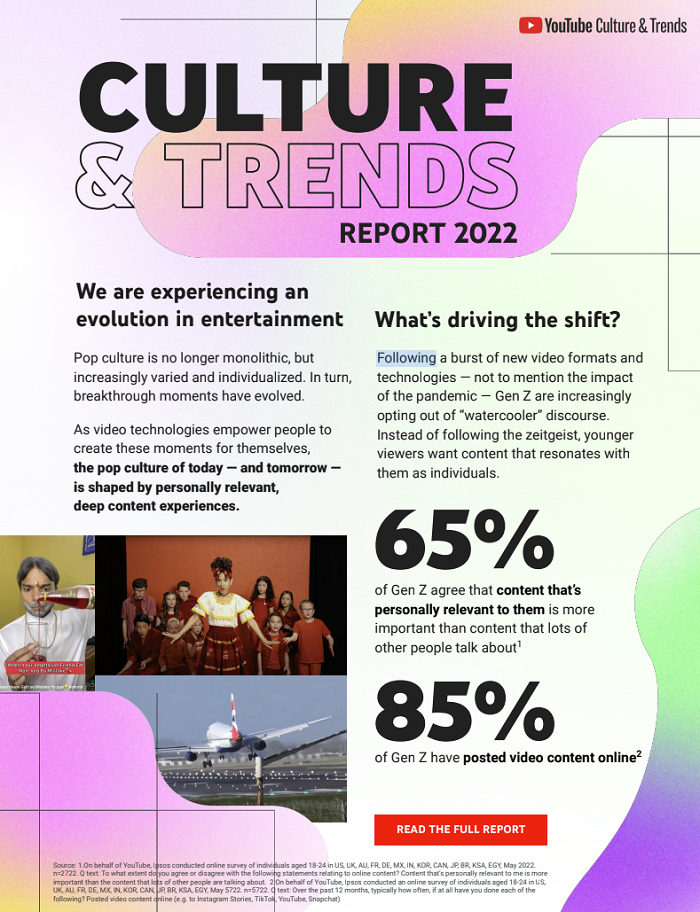
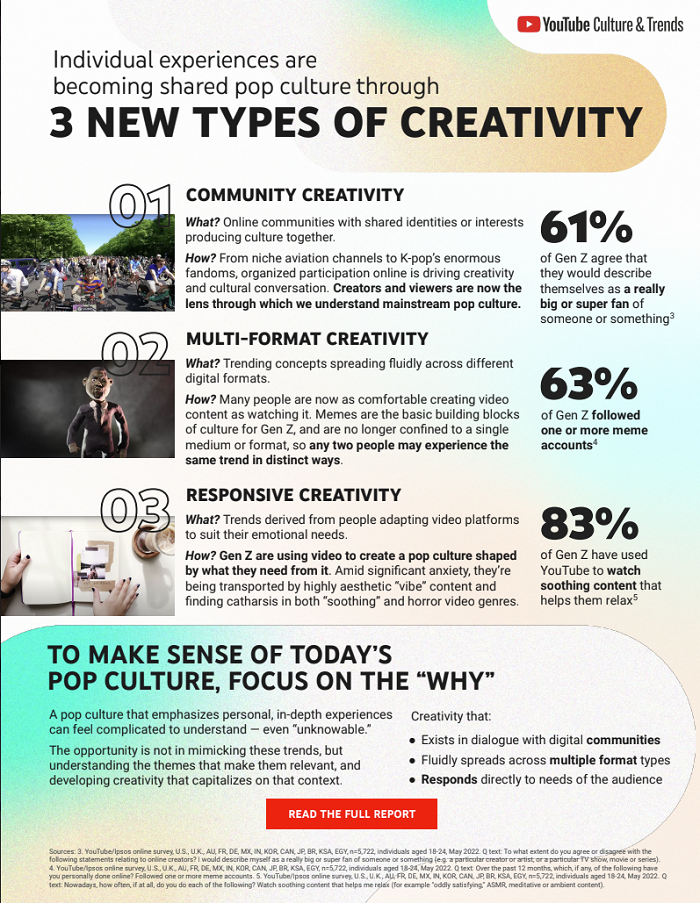
The culture & trends report takes an in-depth look at 3 important trends revealing the shifting interests of younger YouTube viewers in these 10 countries.
In fact, the digital culture today is all about personally-relevant content. Over 65% of online viewers between the ages of 18 and 24 years, or Gen Z, have agreed that personally-relevant content is more important to them than any other type of content.
Here are the 3 key trends that were revealed in the culture and trends report:
- Community Creativity – Thanks to the connectivity of the world wide web, communities are turning niche passions into better, shared experiences.
- Multi-format Creativity – Short-form videos are becoming more popular these days. More creators are posting a wider range of content while tapping into key trends to maximise the community and monetisation benefits.
- Responsive Creativity – YouTube states that videos play into the emotional needs of viewers and are becoming more popular in this day and age.
Microsoft Ads Introduces Cash Back Promotions For Eligible Product Ad Campaigns
Microsoft Ads has announced the launch of its new cashback program in the US for product ads. When users click on an eligible ad and complete the purchase within 24 hours, they will get cashback.
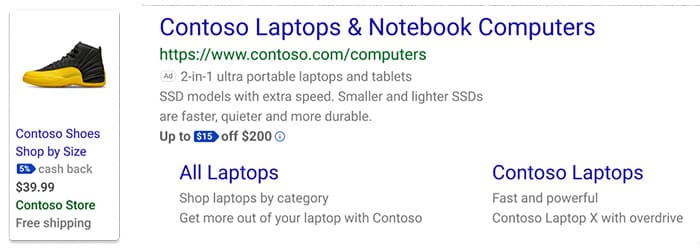
Everything will be managed by Microsoft in-house and users will be able to redeem the earned rewards through the Microsoft Cashback dashboard.
This is an AI driven program where these promotions will be run for certain eligible campaigns.
Microsoft claims that the goal is to increase performance for online retailers and no promotions will be served in AI cannot deliver on the performance.
However, it is likely to result in a nominal increase in cost per click to the advertisers.
Advertisers don’t need to make any additional set-ups in their accounts to take advantage of these promotions as all the optimisations, user inquiries and payouts are handled by Microsoft.
Advertisers should have set up purchase conversions and an optimised bid strategy for driving conversions.
This is an excellent way for online retailers to drive more clicks and conversions provided Microsoft AI can accurately determine the value of a sale and drive traffic accordingly.

